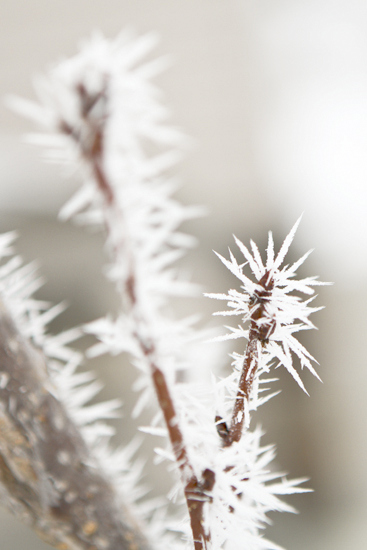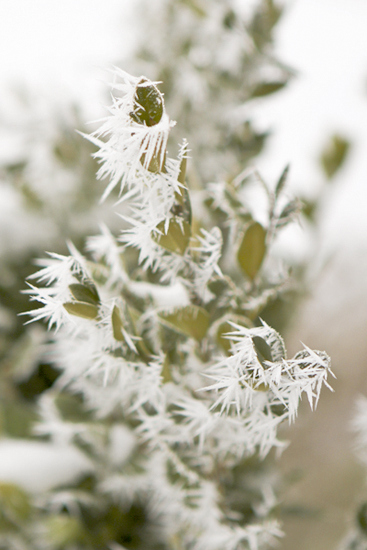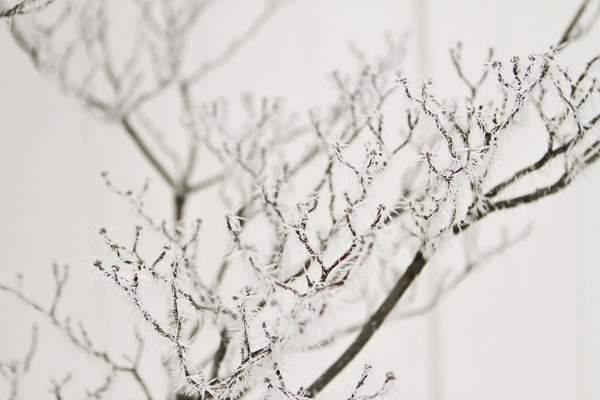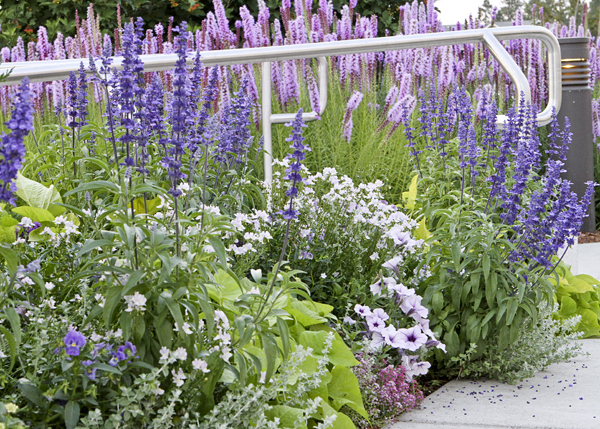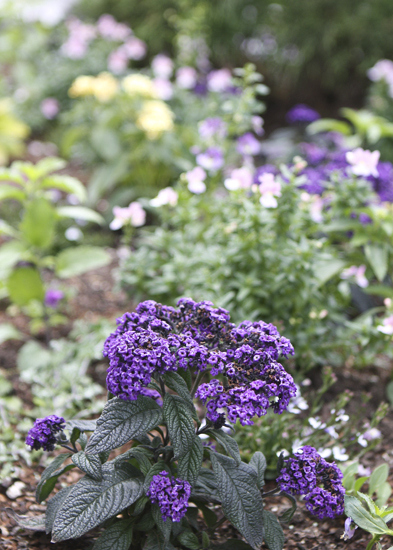
Forgive me for straying off the topic of gardening, but I'm been directing my creative energies inside lately. Recently we added a new window to our living room. Learning photography has made me more aware of lighting, and I really disliked the cold, dark feeling that came from having only north-facing windows in this room. So we removed a corner gas fireplace that we never used anyway and cut out a window on the east wall (on the center right side of the photo above).

Here you can see the new seating area around the new window, complete with a reading light for each chair. The morning light through the window is wonderful, and the room is significantly brighter in the afternoon. I enjoy being able to glance outside at the garden while I'm sitting at the piano. You'll also notice the metal leaves sculpture on the wall, which has a funny story behind it. It belonged to my husband's grandmother, and his cousins used to joke about who would take the ugly thing when she passed on. We did take it, spray painted over the bronze finish with a pewter color, and now we get compliments on it all the time. A peony from that grandmother's garden is growing right outside this window as well.

As remodeling projects often do, our project kept getting bigger. We ended up buying several new pieces of furniture and rearranging everything. The couches are now centered on the windows to the backyard. Thankfully the glare off the snow makes it difficult to see the sad state of my backyard right now. Over the past few years I've been working on the front yard and shoving all sorts of random plant purchases in the backyard. I'm hoping to get some landscaping projects finished in the backyard this summer, which will improve the view.

Here is a view of the piano with my favorite painting by Abbott Fuller Graves hanging above it. I love the sun-speckled, overflowing garden that surrounds the front door in the picture, and the shutters are my favorite color of blue-green. This painting has been an inspiration for my own garden.

I put together a new photo wall with family photos by my talented friend, Randi. I'm still undecided on whether to repaint all the black frames grey or not. What do you think? A grandfather clock that was actually made by my husband's grandfather is on the right. I'm so glad we were able to make room for this special clock in our living room with the remodel.

Another little project I finished last weekend was sewing a new valance for the kitchen window with fabric to match some of the throw pillows in the living room. It helps tie the rooms together. Of course the gardener in me loves the plant motif on the fabric! I enjoying bringing the garden indoors with houseplants and various plant-themed decor. I'm glad the garden has been asleep for the past few months to give me time to work on these indoor projects, but now that they're mostly finished I'm looking forward to spring outside.

